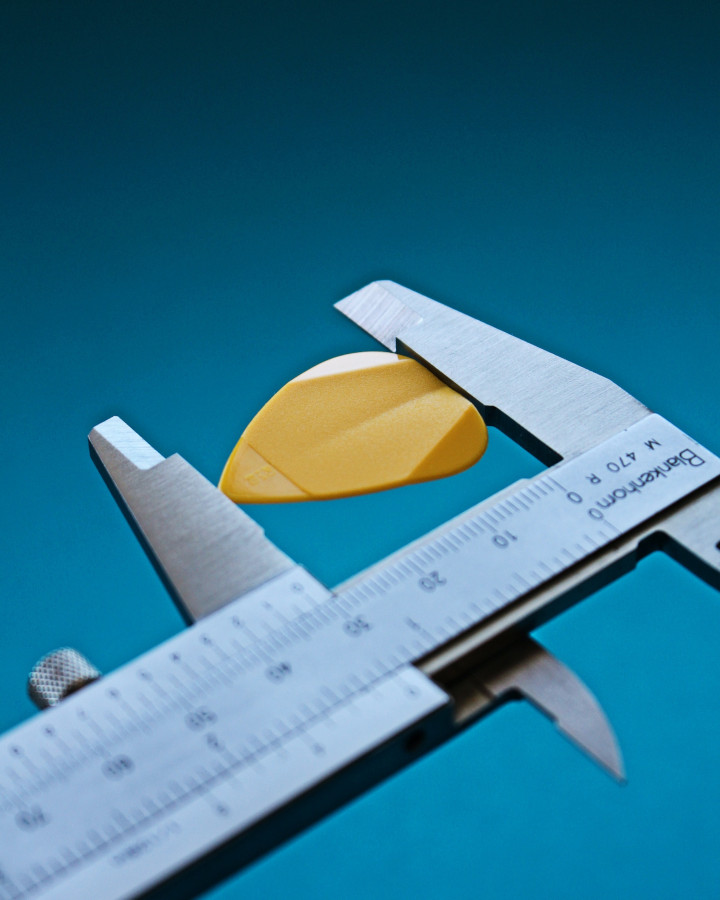
Measuring Glucose
There are several ways to measure blood sugar, the primary accepted method is the hba1c blood test where as day to day methods include pin prick mechanisms that take small amount of blood for testing with a kit but more recently there are micro patch technologies that when applied to an arm or other part of the body can take regular measurements, as much as every 15 minutes day and night and can last for up to 2 weeks per device.
There are recent developments in technology that could mean that some day soon we could see a smart watch not just monitor heart rate and sleep patterns, but also blood sugar or rather blood glucose.
However at this time there is not a widely available solution that will deliver continuous glucose monitoring that does not involve something that punctures the skin in order to access small amounts of body fluids in order to analyze glucose levels.
An article that came into my search feeds today had a title that claimed that Garmin devices can measure glucose however closer examination of the article reveals that the Garmin cannot do this directly. Rather it uses the data from another device that is already in use by the person with diabetes. In this article it details a Dexcom device that is used to measure glucose levels and the Garmin device is used to display the data from the Dexcom device.
This is a step in the right direction but it is not the same as the Garmin device measuring glucose levels directly.
Apple and others are working towards non intrusive methods of measuring glucose levels that could be a part of a smart watch or similar device but for now we could be a few years away from this.
I used a Libre device for measuring glucose, similar in composition I believe to the Dexcom device mentioned in the article. The Libre device is a small patch that is applied to the arm and it has a small needle that is inserted into the skin. The needle is so small that it is not felt and the device can be worn for up to 2 weeks. The device is then scanned with a reader device that is provided with the device and the data is then transferred to a smart phone app. The data is then available to be viewed and analyzed.
Without this, I could not effectively isolate foods that in my body cause glucose levels to raise beyond safe limits. I could not have achieved the remission that I have achieved without this device and could not have done this as quickly or as effectively without it or a similar device.
My hopes are that as people realize that eating fat is better for us and that eating less or no carbohydrates is better for us, that the demand for devices that can measure glucose levels will increase and that the technology will improve and become more widely available.
However, once you have balanced your body and your glucose levels are under control, you may not need to measure glucose levels as often as you did when you were first diagnosed with type 2 diabetes.
It will likely be necessary to have regular blood tests to check that the hba1c levels are within safe limits and that the body is not suffering from any other issues that may be caused by type 2 diabetes or indeed other conditions that may be present.